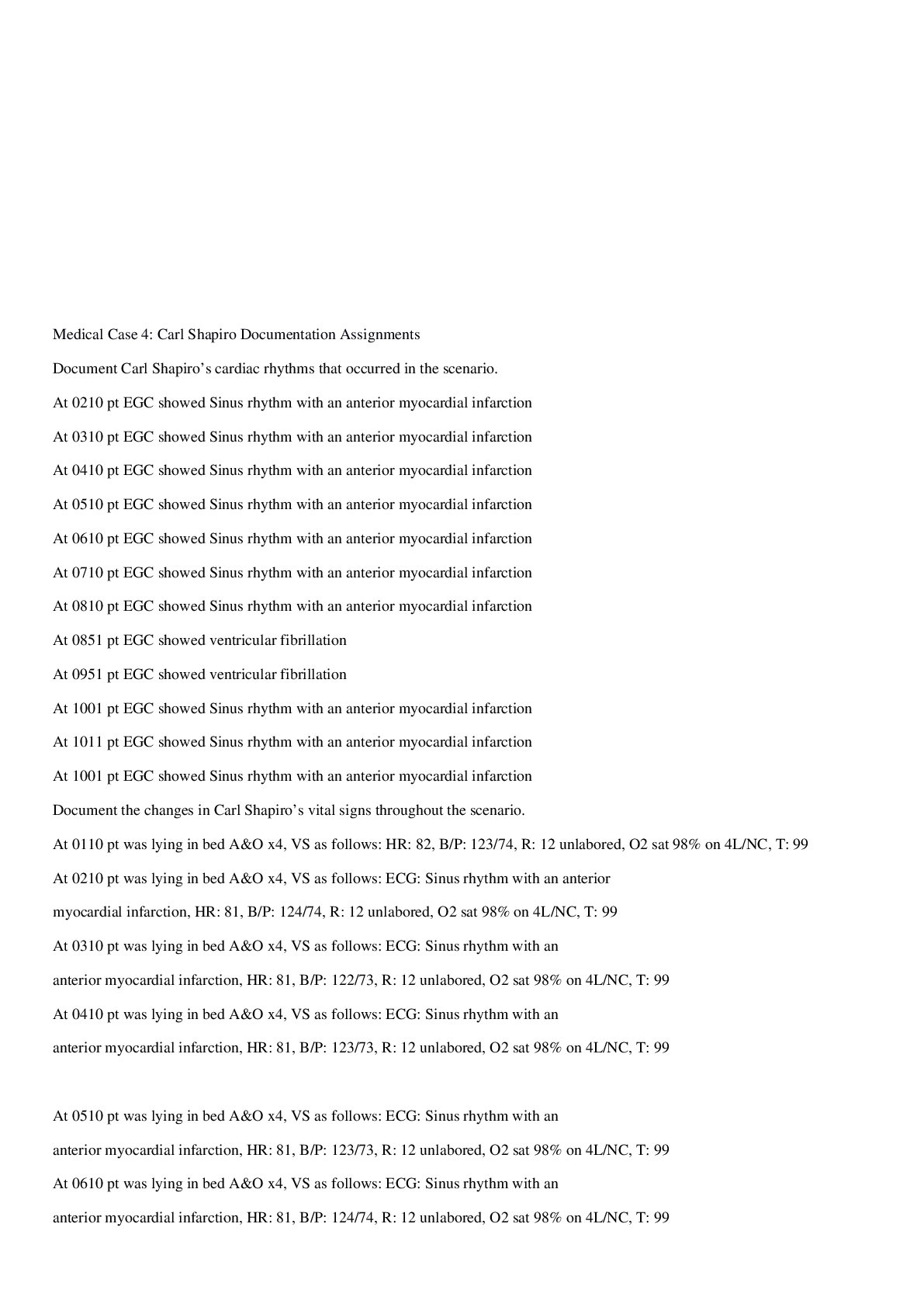Summary Organization Theory & Design for Pre-MSc (Newly updated 2021)
Document Content and Description Below
Summary Organization Theory & Design for Pre-MSc Summary Organization Theory & Design for Pre-MSc Summary Summary Organization Theory & Design for Pre-MScTheory & Design for Pre-MScTheory & Design ... Organization Theory & Design An organization is a tool people use to coordinate their actions to obtain something they desire or value. And that is to achieve their goals. An organization is a response to and a means of satisfying some human need. Who creates the organizations that arise to satisfy people’s needs? Sometimes an individual or a few people believe they possess the necessary skills and knowledge and set up an organization to produce goods and services. Entrepeneurship is the term used to describe the process by which people recognize opportunities to satisfy needs and then gather and use resources to meet those needs. The IT revolution is improving the way organizations operate and create value today. How does an organization create value? Value creation takes place at three stages: input, conversion, and output. Each stage is affected by the environment in which the organization operates. The organizational environment is the set of forces and conditions that operate beyond an organization’s boundaries but affect its ability to acquire and use resources to create value. The way an organization chooses and obtains from its environment the inputs it needs determines how much value the organization creates at the input stage. The way the organization uses human resources and technology to transform inputs into outputs determines how much value is created at the conversion stage. The result of the conversion process is an output of finished goods and services that the organization releases into its environment. An organization that continues to satisfy people’s needs will be able to obtain increasing amounts of resources over time and will be able to create more value. Why do organizations exist? Production of goods and services most often takes place in an organizational setting because people working together usually can create more value. To increase specialization and the division of labor The collective nature of organizations allows individuals to focus on a narrow area of expertise, which allows them to become more skilled or specialized at what they do. To use large-scale technology Economies of scale are cost savings that result when goods and services are produced in large volume on automated production lines. Economies of scope are cost savings that result when an organization is able to use underutilized resources more effectively because they can be shared across several different products or tasks. To manage the organizational environment Pressures form the organizational environment also make organizations the favored mode for transforming inputs into outputs. An organization’s environment is the source of valuable input resources and is the marketplace into which it releases outputs. It is also the source of economic, social, and political pressures that affect an organization’s ability to obtain these resources. An organization has the resources to develop specialists to anticipate or attempt to influence the many pressures from the environment. This specialization allows the organization to create more value. To economize on transaction costs The costs associated with negotiating, monitoring, and governing exchange between people to solve transaction difficulties are called transaction costs. To exert power and control Organizations can exert pressure on individuals to conform to task and production requirements. Al these requirements make production less costly and more efficient but put a burden on individuals. Taken together these five factors help explain why often more can be created when people work together, coordinating their actions in an organized setting. Over time its members can increase their skills and capabilities. Organizational theory, design and change Organizational theory is the study of how organizations function and how they affect and are affected by the environment in which they operate. Organizational structure Organizational structure is the formal system of task and authority relationships that control how people coordinate their actions and use resources to achieve organizational goals. The principal purpose of organizational structure is one of control: to control the way people coordinate their actions to achieve organizational goals and to control the means used to motivate people to achieve these goals. Organizational structure is a response to contingencies involving environment, technology, and human resources. Organizational structure evolves as organization grows and differentiates. Organizational structure can be managed and changed through the process of organizational design. Organizational culture Organizational culture is the set of shared values and norms that controls organizational members’ interactions with each other and with people outside the organization. Organizational culture controls coordination and motivation; shapes behavior of people and the organization. Organizational culture is shaped by people, ethics, and organizational structure. Organizational culture evolves as organization grows and differentiates. Organizational culture can be managed and changed through the process of organizational design. Organizational design and change Organizational design and change is the process by which managers select and manage various dimensions and components of organizational structure and culture so that an organization can control the activities necessary to achieve its goals. Organizational design and change controls coordination and motivation; shapes behavior of people and the organization. Organizational design and change is shaped by people, ethics, and organizational structure. Organizational design and change evolves as organization grows and differentiates. Organizational design and change can be managed and changed through the process of organizational design. Organizational change is the process by which organizations move from their present state to some desired future state to increase their effectiveness. The goal of organizational change is to find new or improved ways [Show More]
Last updated: 1 year ago
Preview 1 out of 94 pages
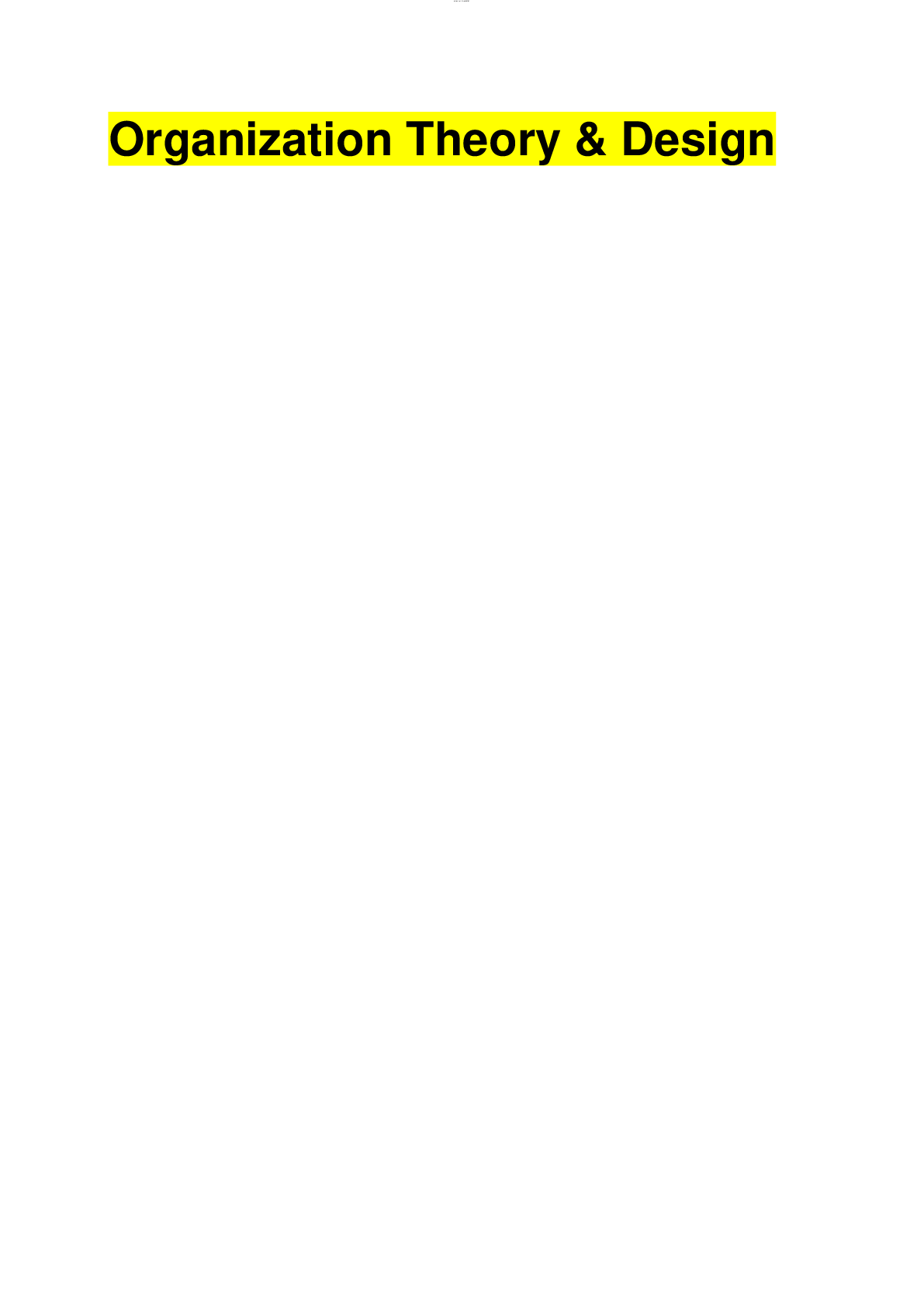
Reviews( 0 )
Document information
Connected school, study & course
About the document
Uploaded On
Sep 02, 2021
Number of pages
94
Written in
Additional information
This document has been written for:
Uploaded
Sep 02, 2021
Downloads
0
Views
109

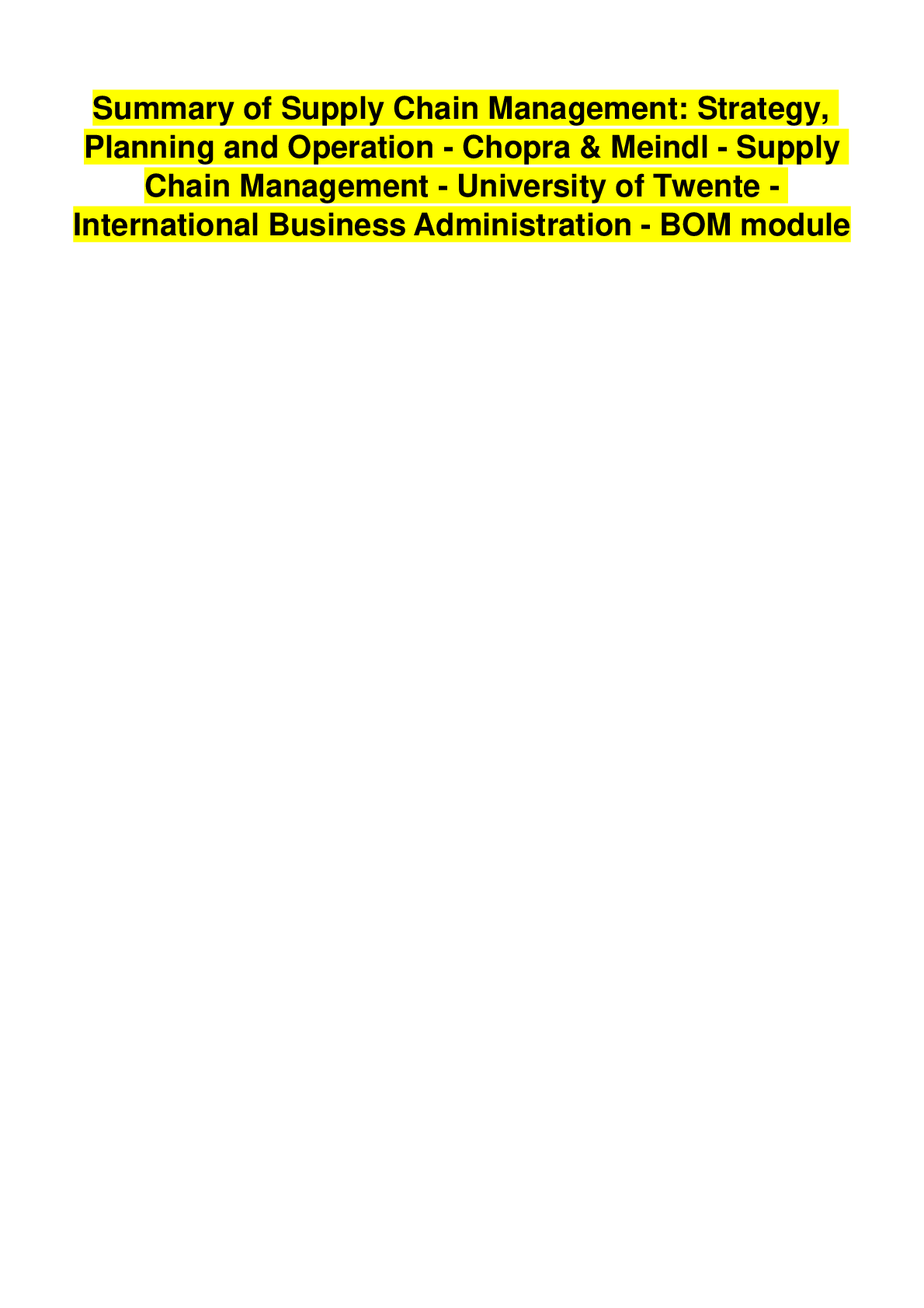

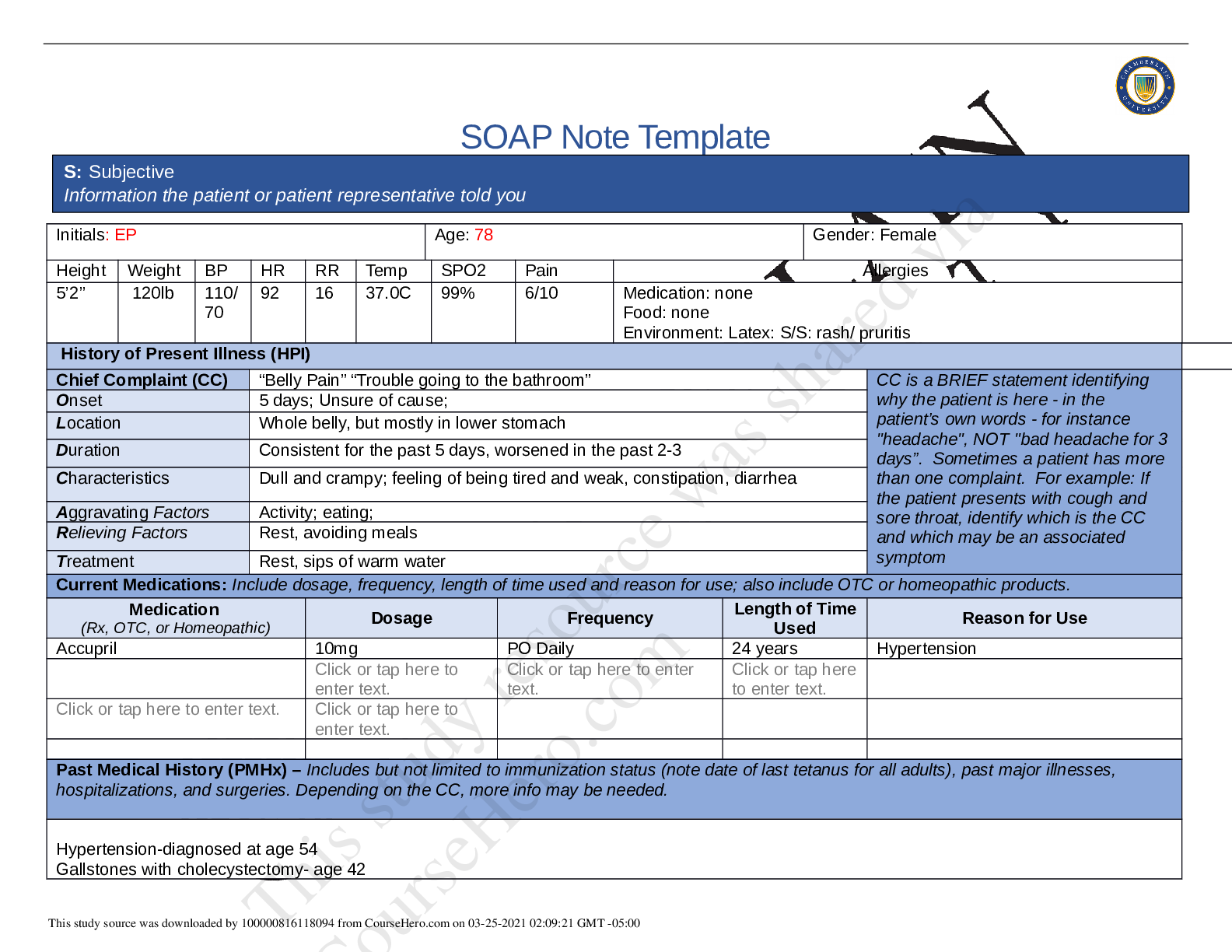
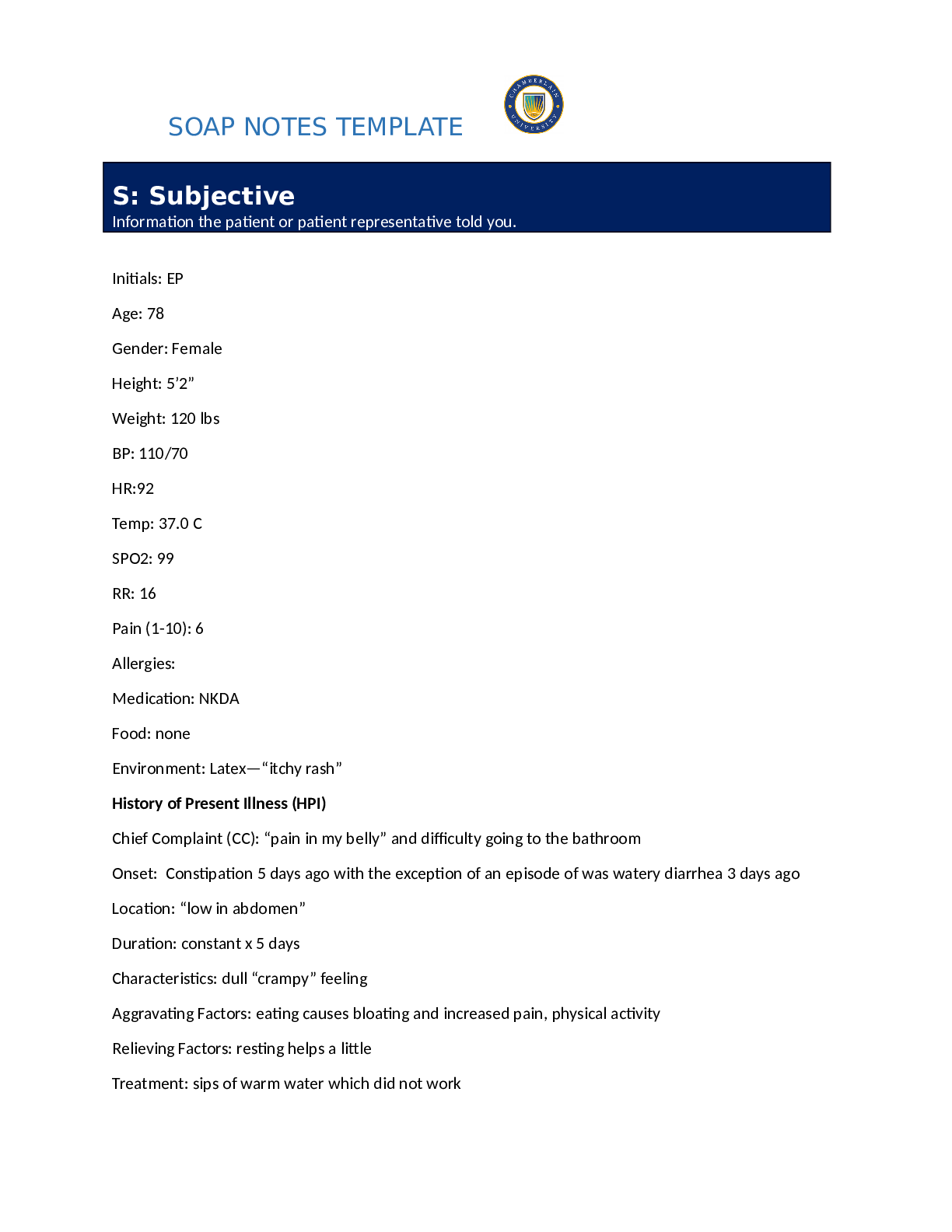


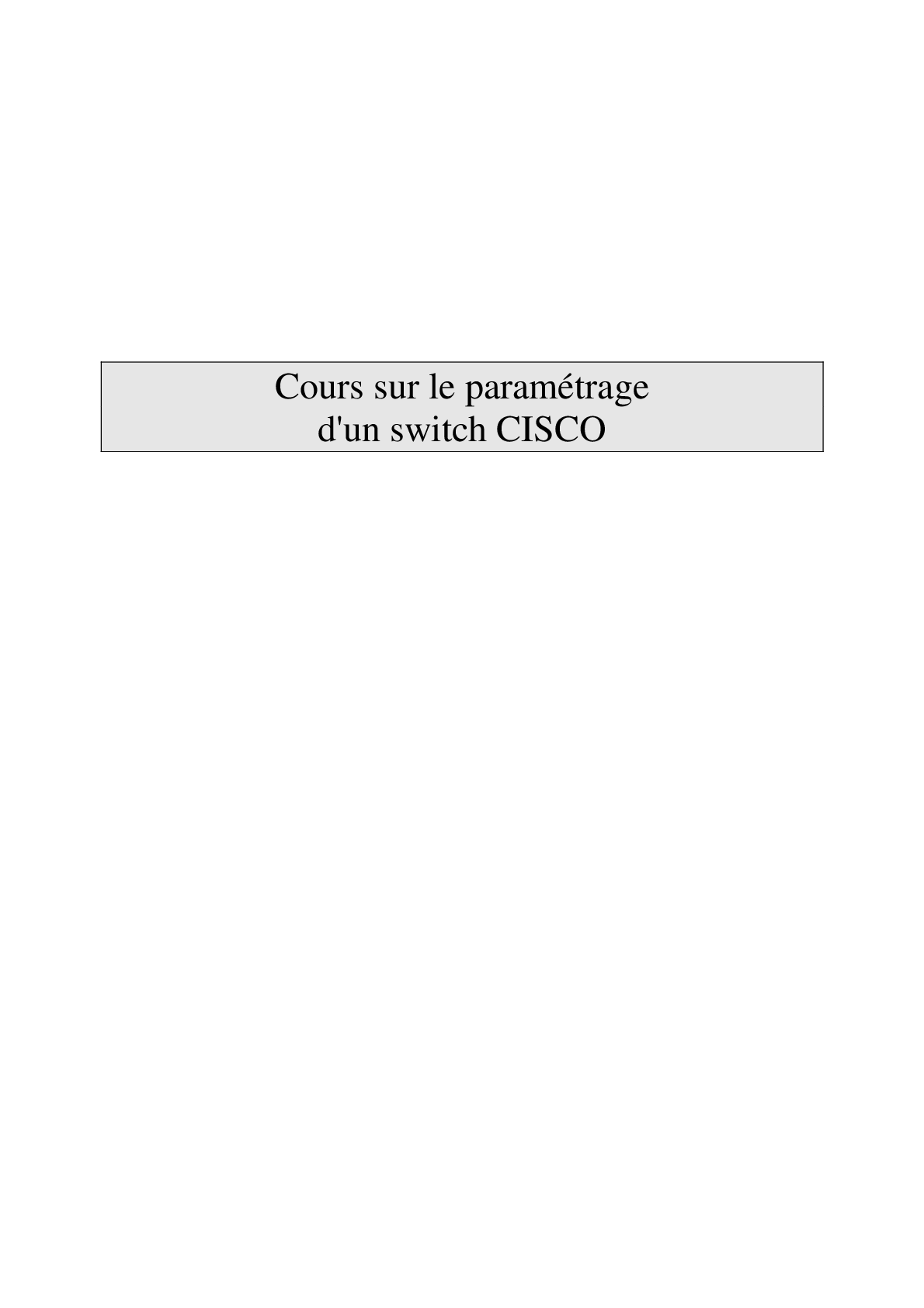
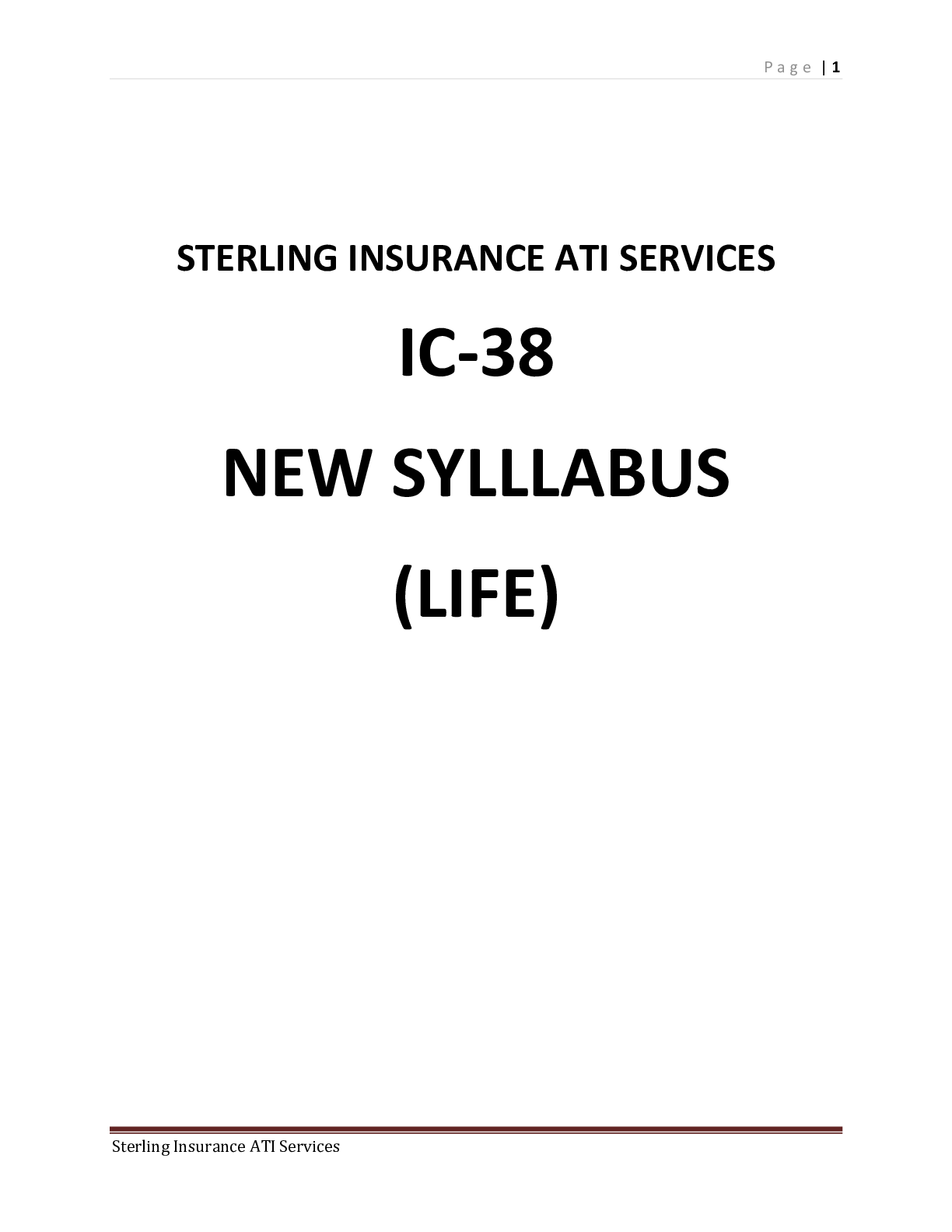
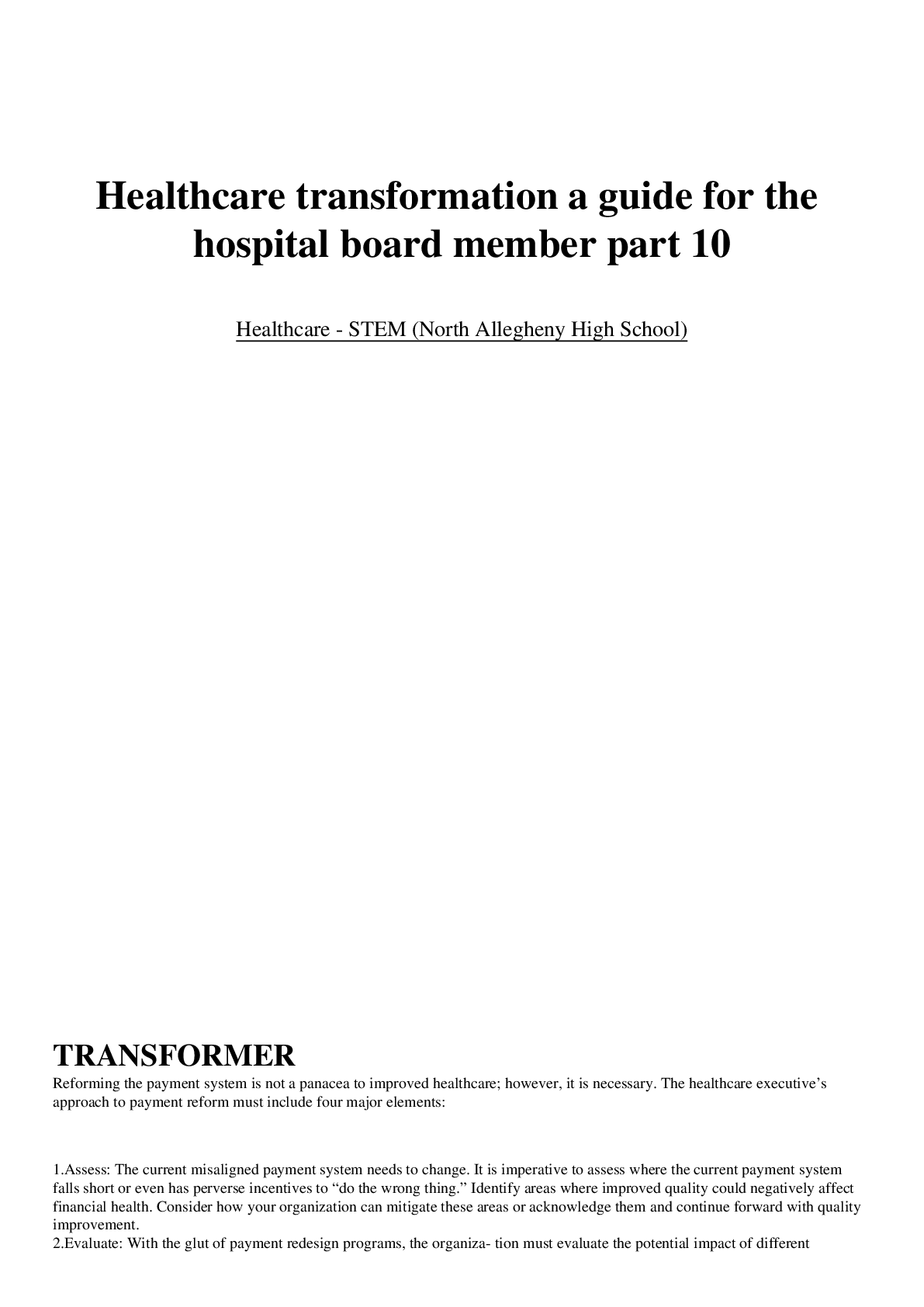


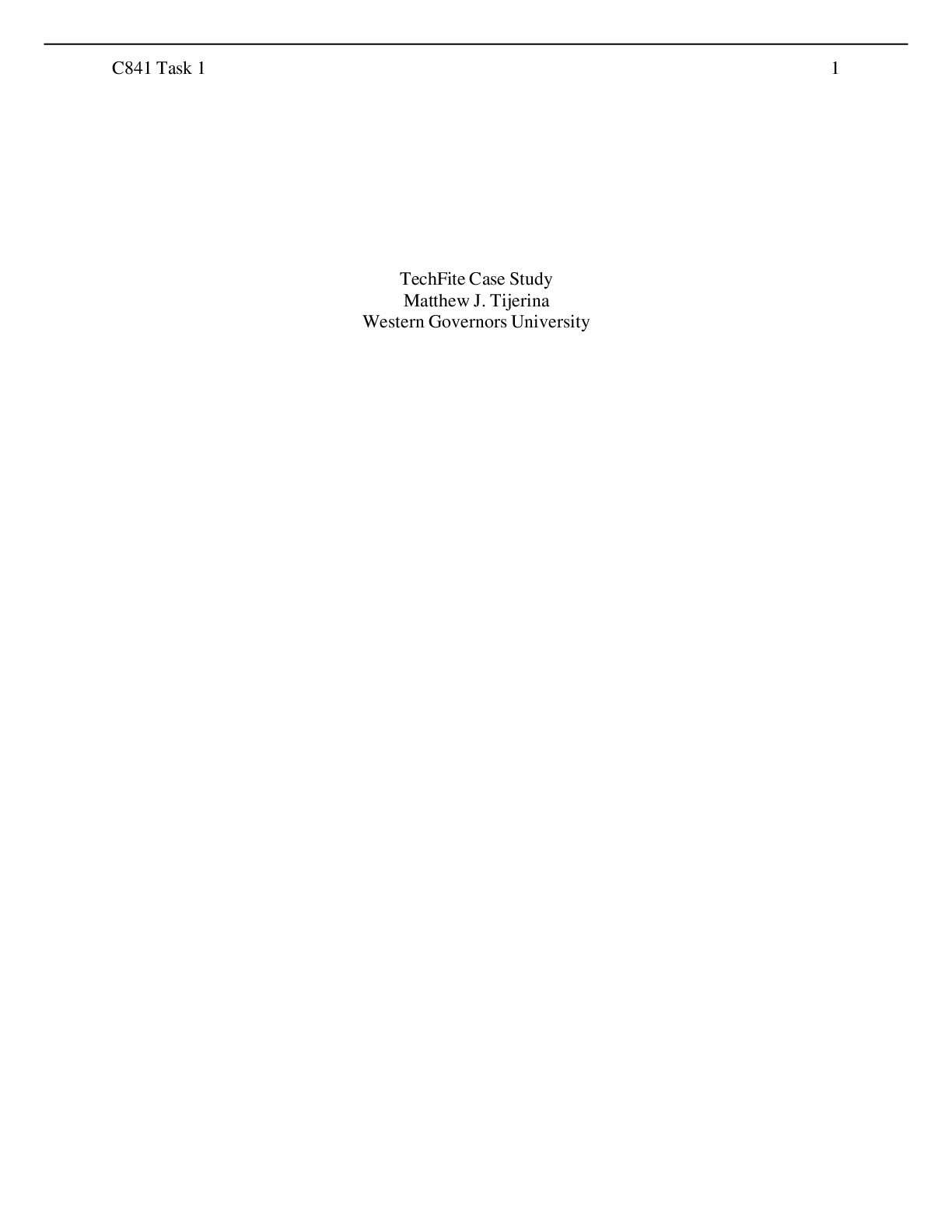
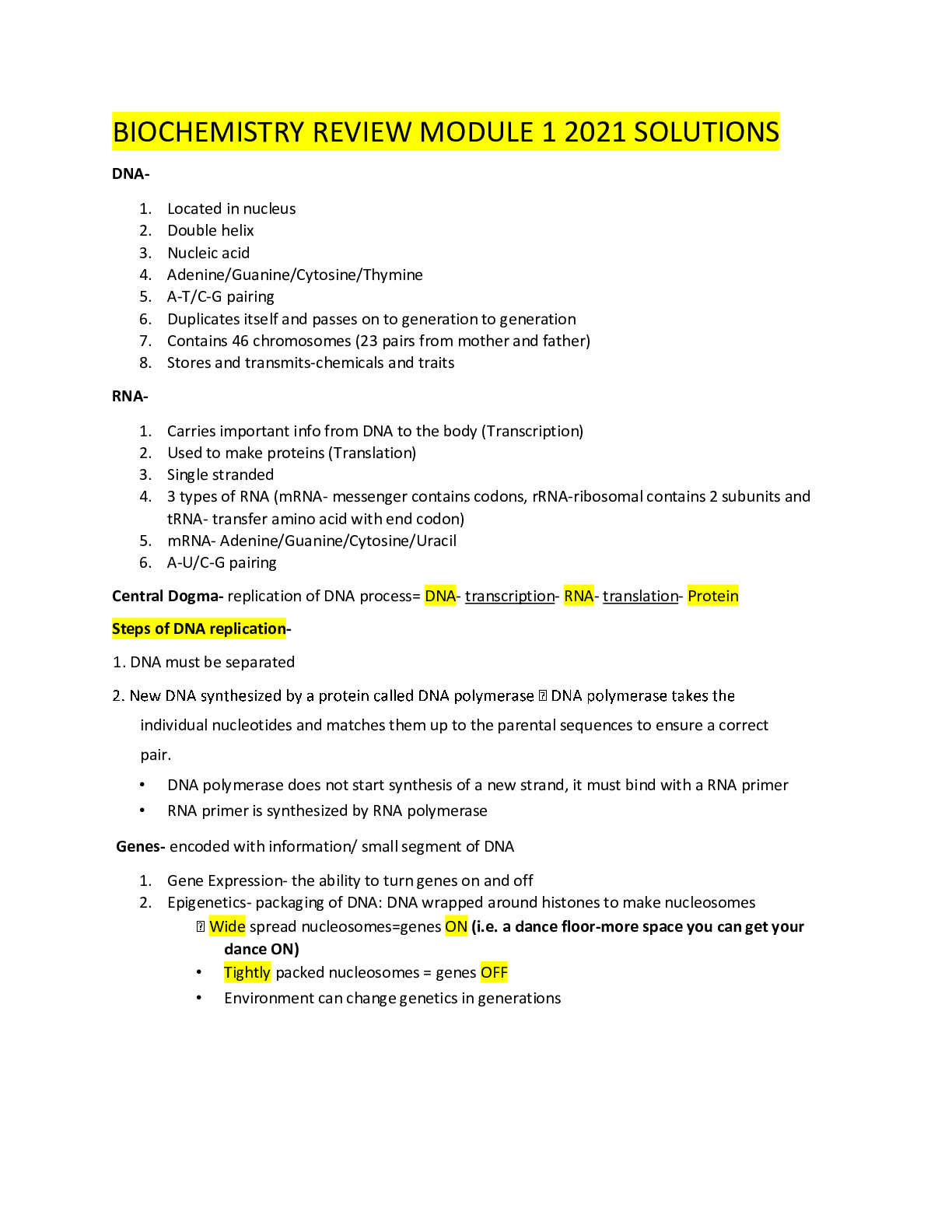
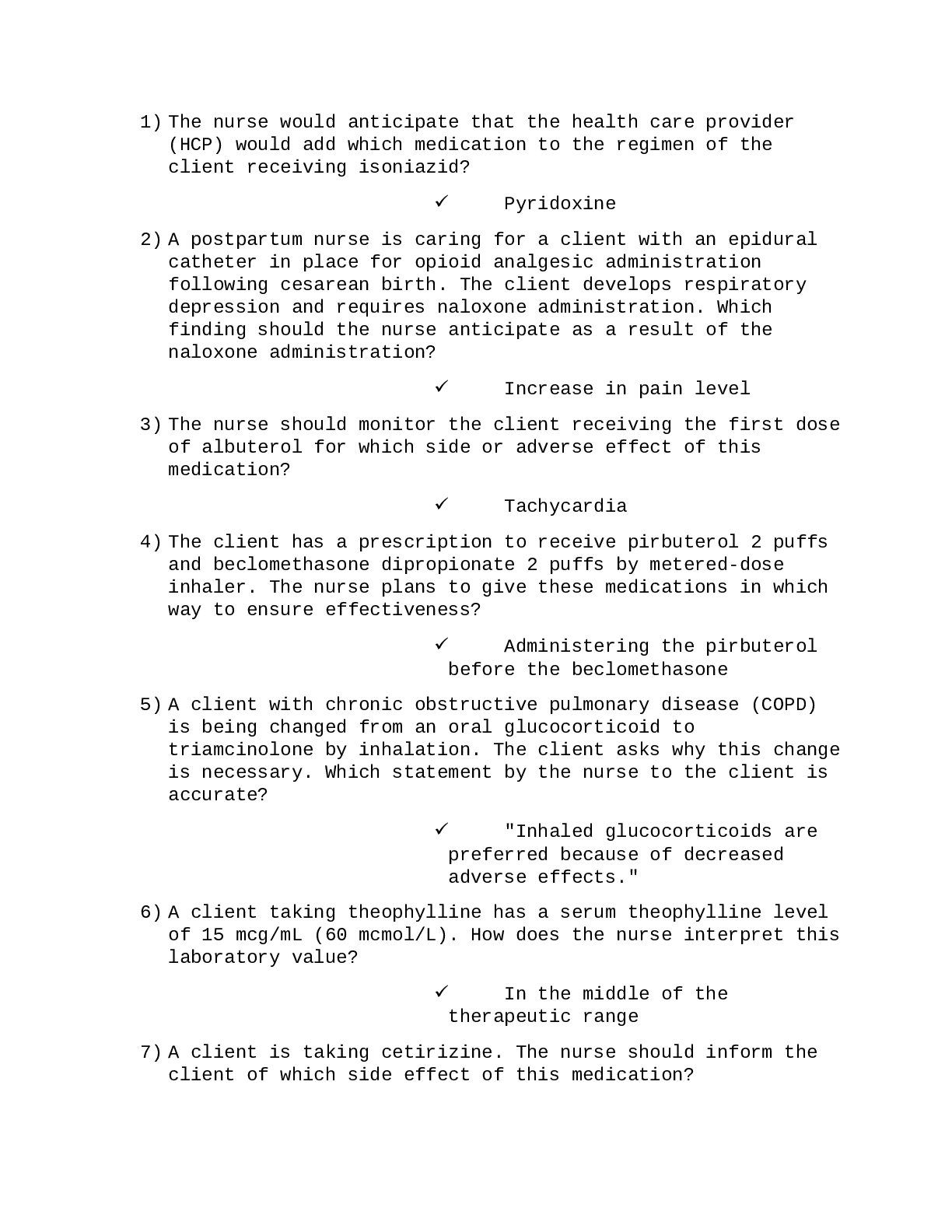
NSG110 AMERICANS RATE NURSES HIGHEST ON HONESTY, ETHICAL STANDARDS.png)


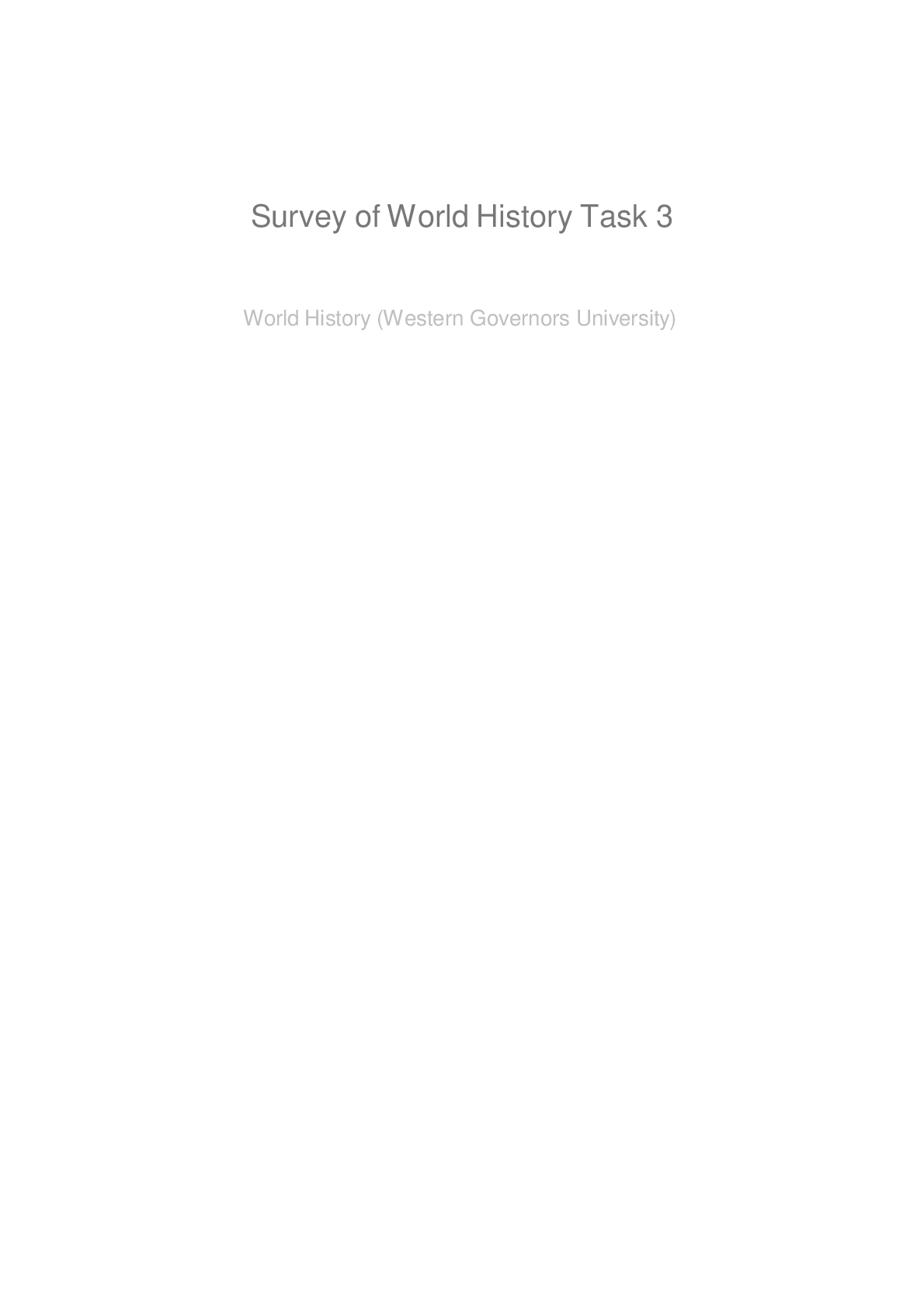

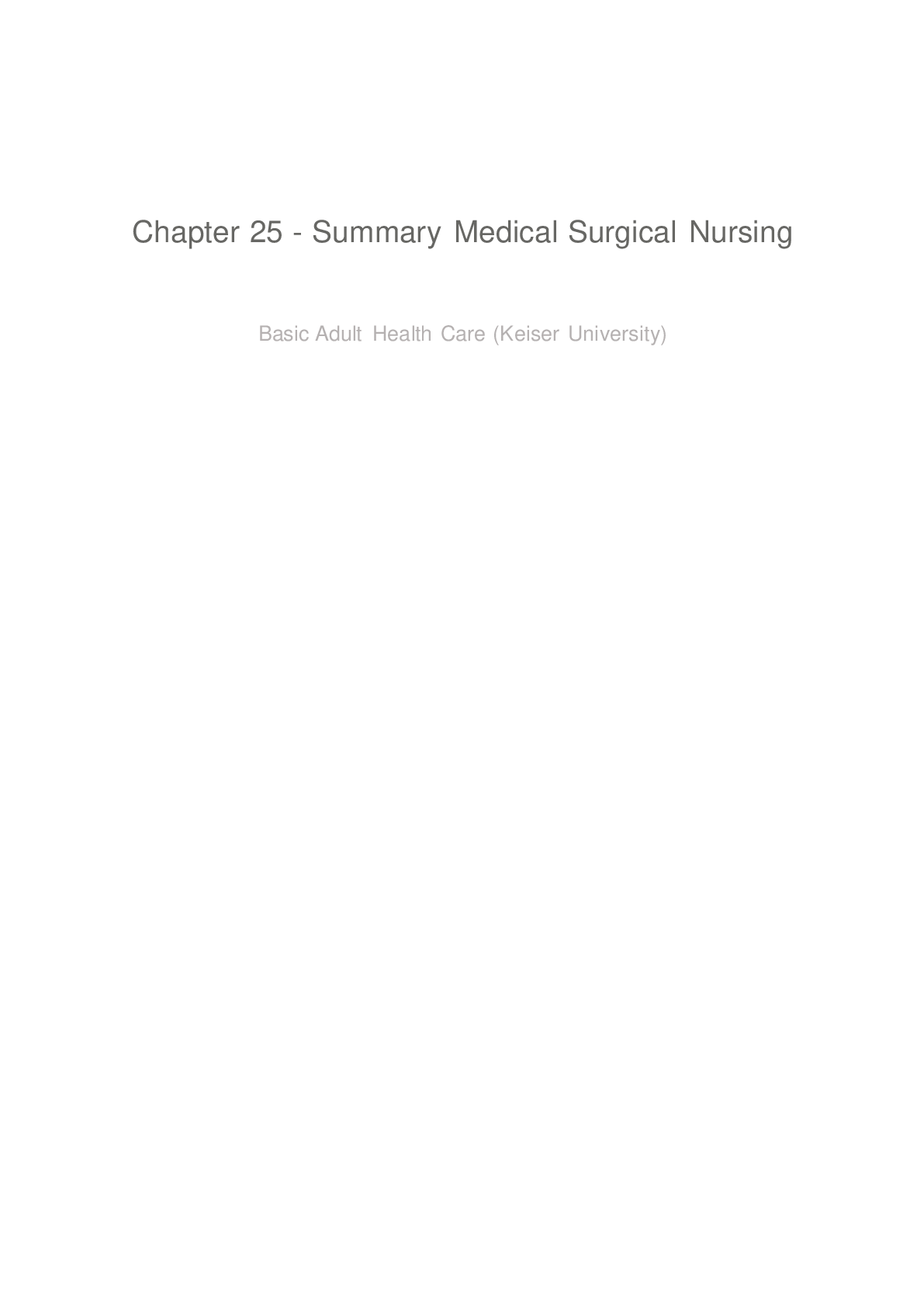


.png)
